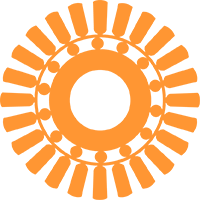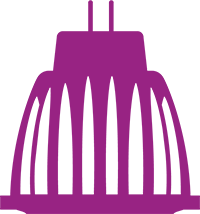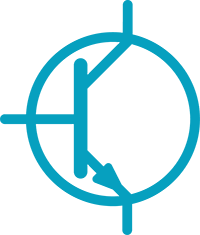Welcome To The 4E Publications Area

4E PEET Status of Electric Motor Regulations 2022 (Updated December 2022)
Update of energy efficiency regulations and trends in 4E economies

4E PEET Status of Room Air Conditioner Regulations 2022
Update of energy efficiency regulations and trends in 4E economies

4E PEET Status of Television and Displays Regulations 2022
Update of energy efficiency policy measures and trends in 4E economies
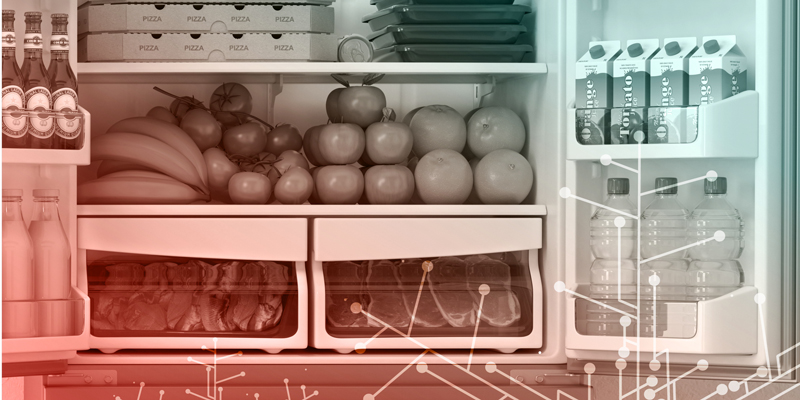
4E PEET Status of Domestic Refrigerator Regulations 2022
Update of energy efficiency regulations and trends in 4E economies
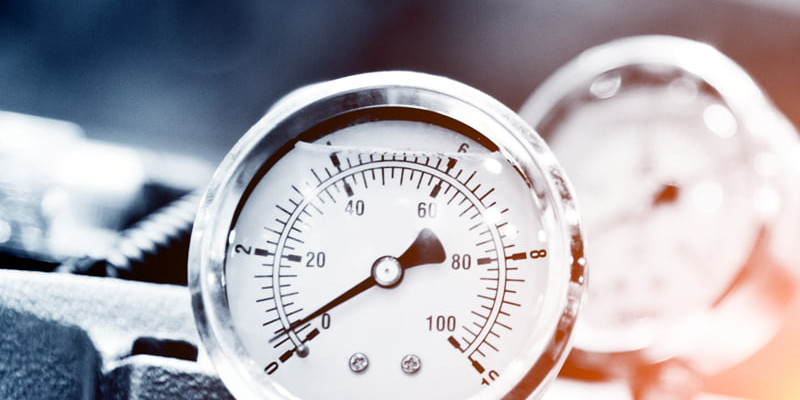
Policy Brief – Electric Motor Systems Annex Overview 2019 – 2024
This Policy Brief gives an overview on the work of the 4E Electric Motor Systems Annex (EMSA)

Classification of digitalisation technologies for electric motor driven systems
This report by EMSA provides a classification of different digitalisation technologies applied for motor systems. The following technologies are analysed: sensors, Internet of Things, intelligent control, data analytics, real-time monitoring, artificial intelligence, digital twins, cloud based services, augmented reality, additive manufacturing, robotics, drones.

LED Product Lifetime Testing Report
A new report by the IEA 4E Solid State Lighting Annex provides a look across the body of literature on lifetime definitions for LEDs and LED products.
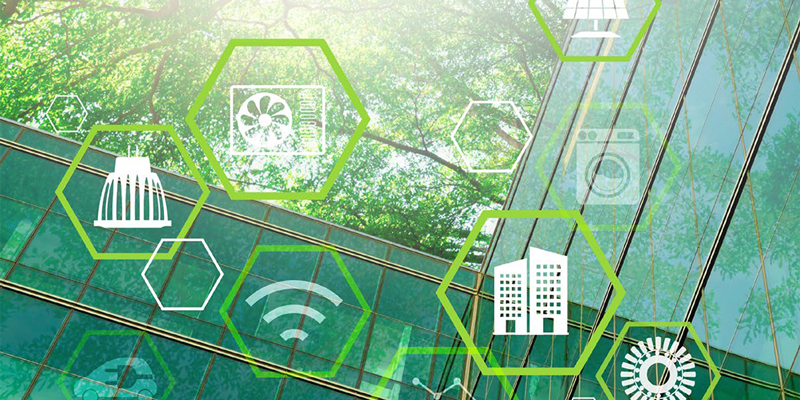
2021 4E Annual Report
Read the 2021 Annual Report for the IEA Technology Collaboration Programme on Energy Efficient End-use Equipment (4E)

Policy Brief – Blockchain Energy Consumption
This policy brief explains how blockchains work, their use for cryptocurrencies and resulting energy consumption

Policy Brief – Small Network Equipment
Provides policy considerations for improving the energy efficiency of small network equipment such as modems, routers, network extenders, etc.

A “life cycle thinking” approach to assess differences in the energy use of SiC vs. Si power semiconductors
Wide bandgap (WBG) semiconductors have the potential to provide significant improvements in energy efficiency over conventional Silicon (Si) semiconductors. While the potential for energy efficiency gains is
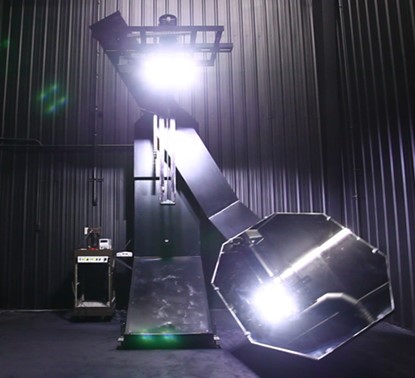
Interlaboratory Comparison for Goniophotometers (IC 2017)
The final report from the IEA 4E Solid State Lighting Annex’s 2017 Interlaboratory comparison (IC 2017). This comparison had 36 participating laboratories from 19 countries with a
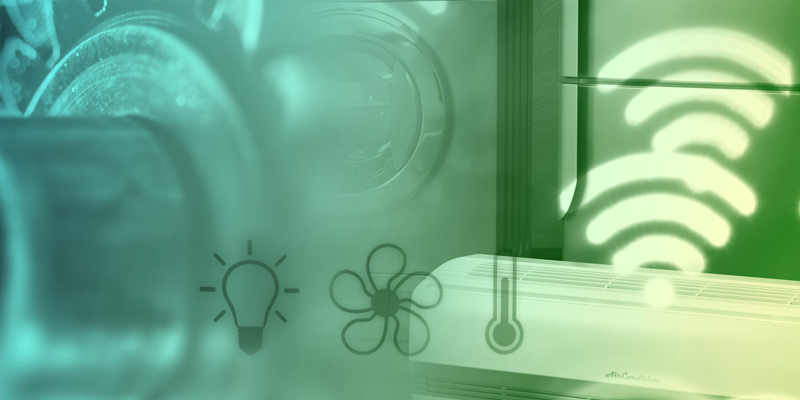
Controls Validation Method for Variable Speed Air Conditioners and Heat Pumps
This controls validation method aims to provide a uniform method of test which will validate native control operation and performance criteria for residential air conditioners and heat pumps with variable speed compressors. This method is intended to be used as a confirmation against regulatory tests in which modulating component(s) are overridden.

Policy Brief – Digitalisation in electric motor driven systems
This Policy Brief summarises the key findings of a global survey on digitalisation in motor systems.

Are We Getting the Best Out of Smart Home Technologies? The Role of Usability
This joint report with the Users TCP investigates ‘usability’ issues associated with energy smart digital devices.

EMSA Newsflash September 2021
EMSA Newsflash including upcomming events, information on new regulations and EMSA projects, MST-Tool update.

Data Centre and Server ‘Idle Coefficients’
This report presents information on novel data centre KPIs: the Server Idle coefficient and the Data Centre Idle Coefficient.

Achievements of Energy Efficiency Appliance and Equipment Standards and Labelling Programmes: 2021 FULL Report
The complete 2021 report on the impact of standards and labelling programmes in countries around the world, drawing on nearly 400 published reports, studies and papers covering more than 100 products.

Achievements of Energy Efficiency Appliance and Equipment Standards and Labelling Programmes: 2021 SUMMARY Report
The 2021 summary report on the impact of standards and labelling programmes in countries around the world.

Policy Brief – Energy Applications within IoT and Digitalisation Strategies
Provides guiding principles to policy makers for the development of digitalisation strategies that incorporate demand flexibility and intelligent efficiency applications as key objectives.





























